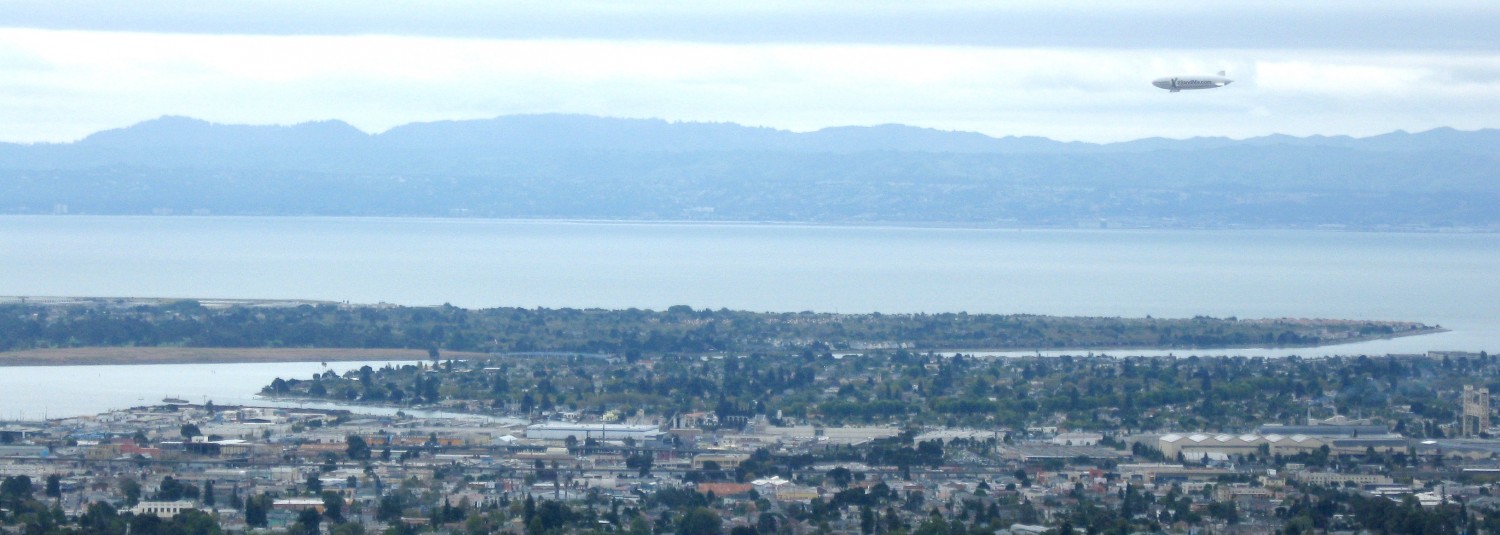Smuin Dance Series 1
Lesher Center for the Arts
Walnut Creek, CA
February 19, 2022 2 pm
All the beautiful girls and boys…
The program for the Smuin Dance Series 1 was delightful. It consisted of three works, two by Amy Seiwart (“Been through Diamonds” and “Dear Miss Cline”) and one by Gina Patterson “You Are Here”. Seiwart is a California choreographer whose works have been seen locally. She had been a member of Smuin’s company for eight years. Patterson has choreographed internationally. This is the first work of hers I’ve seen.
All the pieces had the delightful energy of partner dancing, sometimes flirting, sometimes couples entranced. Except for Seiwart’s “Dear Miss Cline,” the women dancers all wear conventional toe shoes and leotards and although there is unusual use of the floor (rolling, falling somersaults, etc.), conventional ballet movement prevails. In “Been through Diamonds” the boys wear suits with open jackets. Parter exchange prevails. Entrances and exits are quick.
“Seen Through Diamonds” is performed to Mozart’s “String Quartet C minor”. The music moves fast, as do the dancers. Small groups form, break and reform. There are amazing lifts, falls, spins and balances. It’s all very good, .. and maybe too much.
“Dear Miss Cline” Seiwert’s second piece on the program includes the familiar “Bill Bailey Won’t You Please Come Home”. This time costumes are ‘country style’ for the women and easy shirts and pants for the guys. It’s very much a “guys and dolls” work, technically excellent and fun. This reviewer would like to see the ‘girls’ stay on the ground. Endless lifts, tosses, falls and rolls, though amazing, break the dance line and rhythm.
One dancer, Mengjun Chen emerged as technically outstanding and dynamically interesting. His energy, skill and placement reaches out.
“You Are Here” to music by Ludevico Einaudi included a quote from an unidentified poem .. which ends “..until darkness falls away and silence whispers you are here.” The dance theme echoes this: one dancer seem unable to unite with a partner, although the work involves many partners dancing. The work was originally performed with the Cincinatti Ballet, 2013. It was the most original work on this program.
The Walnut Creek audience, a full house, seemed delighted with the program. It was a charming Saturday matinee of dance, echoing those often seen in ‘musical-comedy’. Although this reviewer admires the technical skill and clarity of all the dancers, it would be refreshing to see fewer dance phrases that demand partner lifts, spins and falls. Some well phased lyric passages would be refreshing and break the endless dynamic of conventional partnering.
Smuin Dance Series 2 opens in San Francisco April 29-May 4 followed by performances in Mountain View and Carmel.
